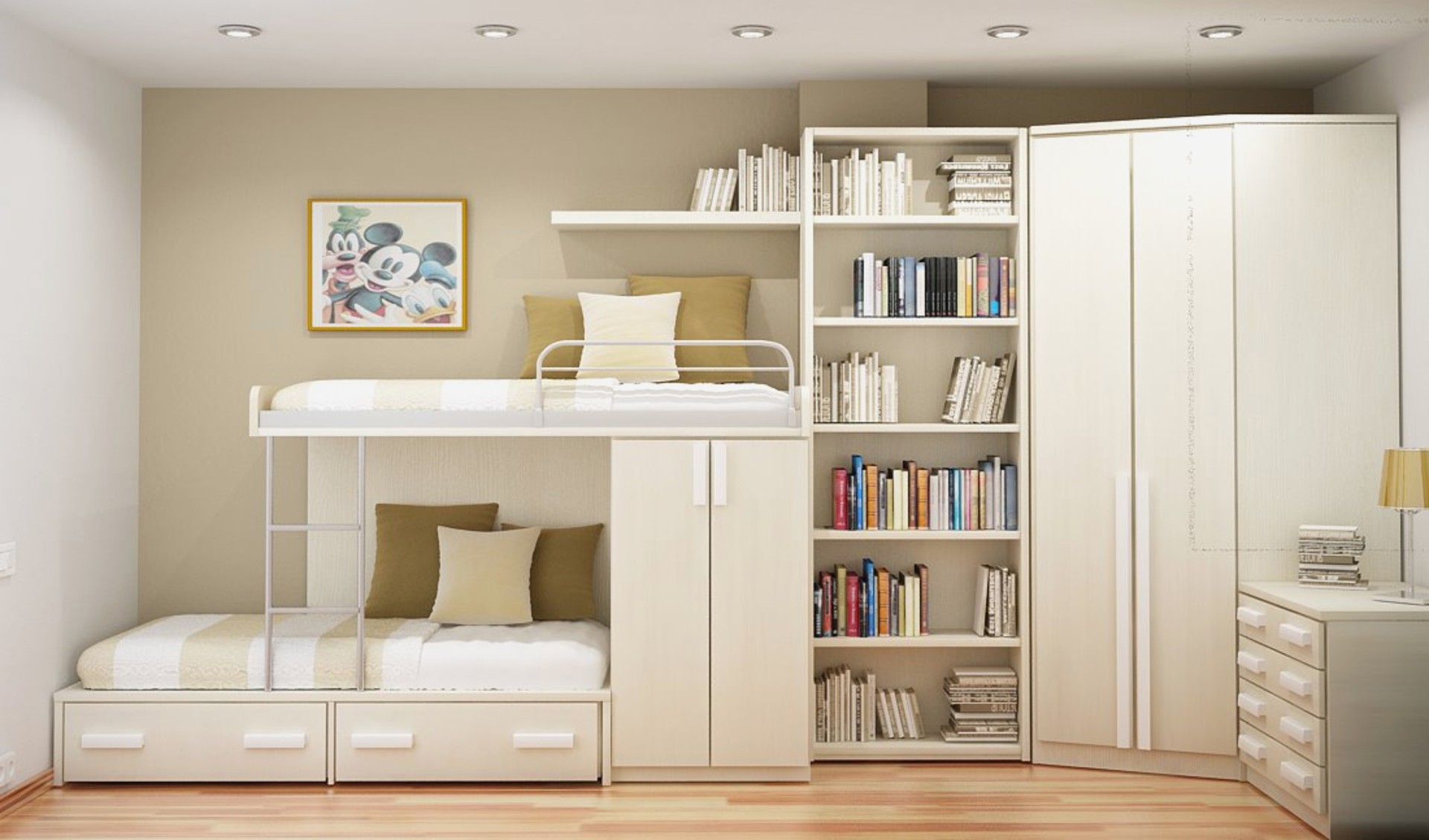
Home maintenance requires careful financial planning. One often neglected part of this process involves considering the maintenance costs of critical, hidden infrastructures like underground pipes. In this article, we explore the process and costs involved in pipe relining, a modern solution to traditional pipe replacement.
What is Pipe Relining?
Referred to as Cured-In-Place-Pipe (CIPP), pipe relining is a modern approach to rectifying issues within existing pipes. It stands out from traditional techniques due to its non-destructive nature, providing a cost-efficient and minimalistic solution for pipe repairs.
How are Pipes Relined?
Relining pipes involves introducing a resin-saturated liner into the affected pipe. This liner is then expanded to fit perfectly against the pipe’s interior surface. The liner is then hardened, or ‘cured,’ commonly using steam or hot water, effectively creating a brand-new pipe within the old one.
What are the Costs of Pipe Relining?
Determining the cost of pipe relining can be somewhat tricky because it depends on several influencing factors. These factors contribute cumulatively to the total cost and understanding them can offer homeowners a clearer picture when budgeting for the repair works.
Factors that Affect Cost
Various elements can significantly impact the final pipe relining bill. Here are the primary determinants:
Length and Diameter of the Pipe: A pipe’s length and width directly influence the cost due to the quantity of materials required and the time it takes to complete the relining.
Difficulty of the Job: The pipe’s location, ease of access, and the damage severity also impact the cost. For instance, pipes beneath concrete or landscaped areas might increase the difficulty of the task.
Access Points: The number of access points necessary can also influence costs. Fewer access points might cause less property disruption, but it could complicate the job. Should new access points be needed, the costs will rise accordingly.
Extent of the Damage: The type and severity of the damage to the current pipe can sway the cost. Minor cracks or slight dislocations may be cheaper to fix than severe damage, such as substantial collapses or serious root incursion.
Indicative Pricing
On average, smaller tasks that involve under three metres of pipe may cost around $1000 to $1500. For extensive jobs that include relining the whole pipe system in an average residential property, the cost could range from $5000 to $20000. However, these figures are approximations and the actual costs could vary based on individual circumstances.
Alternatives to Pipe Relining
While pipe relining is generally favoured because of its less intrusive procedure and long-lasting outcomes, there are other options. However, each comes with its own set of challenges and potential costs.
Pipe Bursting: This technique involves demolishing and expanding the damaged pipe while simultaneously introducing and installing a new pipe in its place. Although effective, pipe bursting requires access to both ends of the pipe and might not work if the pipe has joints or bends.
Digging and Replacement: This conventional method requires excavating a trench to remove the damaged pipe and install a new one. This method might be effective, but it’s usually disruptive to your property and could incur substantial restoration costs.
In summary, pipe relining is a cost-effective, robust, and minimally intrusive option for pipe repairs. That said, the actual cost will always depend on the specifics of your unique situation. Whether you’re looking for a quote, or you’re ready to start the reline, either way, a licensed pipe relining specialist can help.


